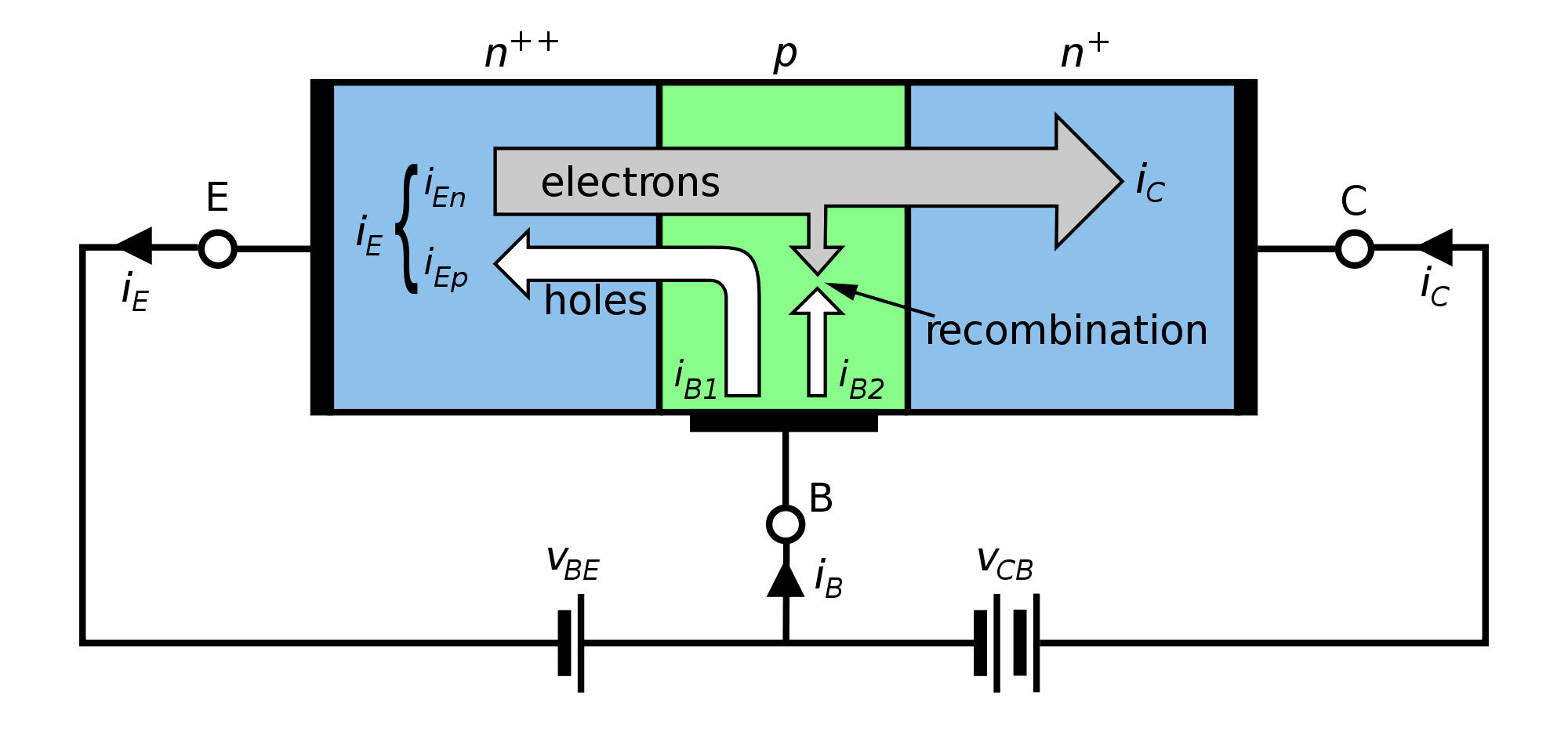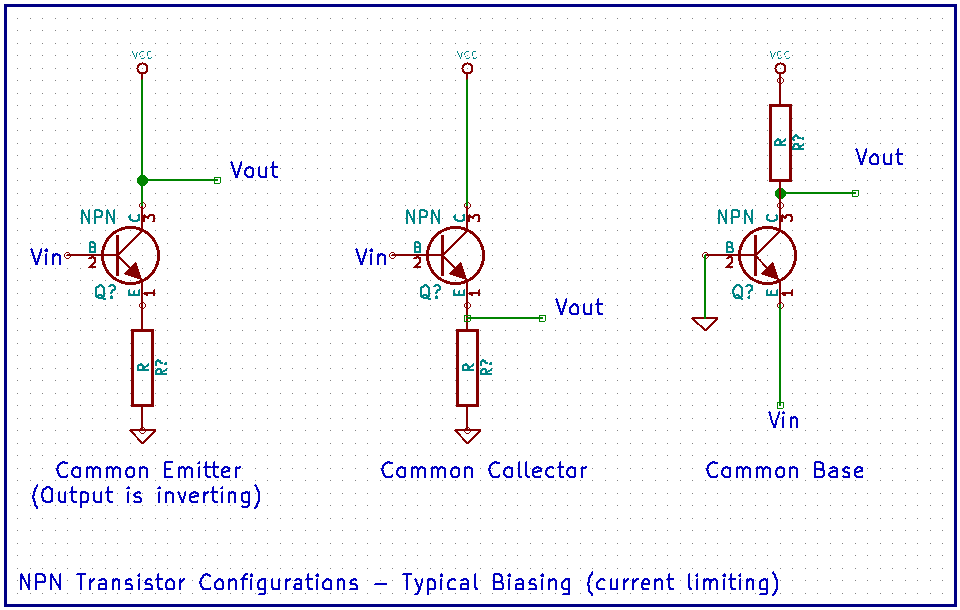

Because of the applied reverse biased between the base and collector, the width of the depletion layer increases and this avoids the flow of majority carrier.

The width of the depletion layer will be decreased because of the applied biased between the base and emitter which results in a heavy flow of majority carriers from p-type material to the n-type material. Ī transistor is said to be properly biased if the loop of base and collector is reverse biased and the loop of base and emitter is forward biased. If the emitter is open circuited so that = 0 then would be zero and under these conditions, the base and collector act as a reverse biased diode and the collector current would equal to the reverse saturation current. All the holes do not cross the emitter junction and reach the collector junction because few holes combine with the electrons in the n-type base. The ratio of hole to electron current crossing the emitter junction is proportional to the ratio of the conductivity of the p-material to that of an n-material. The emitter consists of the current due to holes and electron current from the base into the emitter.

There are distinct components which flow across the forward biased emitter junction and the reverse biased collector junction. In the transistor, the current of a collector is comprised of minority components and majority components. The term bipolar reflects the truth that holes and electrons participate in the process of injection into the material which oppositely polarized. The conductivity decreases because of the lower doping level as it limits the number of free electrons. The doping of the sandwiched layer is less when compared with the outer layers. The emitter is a heavily doped layer, a base is moderately doped and the collector is lightly doped. The transistor is a three layered semiconductor machine and the three layers are an emitter, base, and collector.


 0 kommentar(er)
0 kommentar(er)
